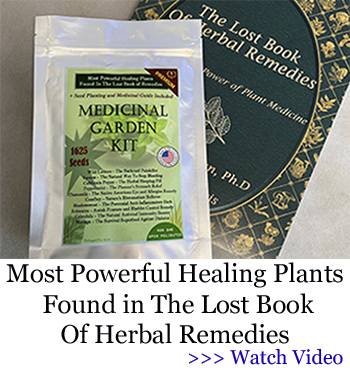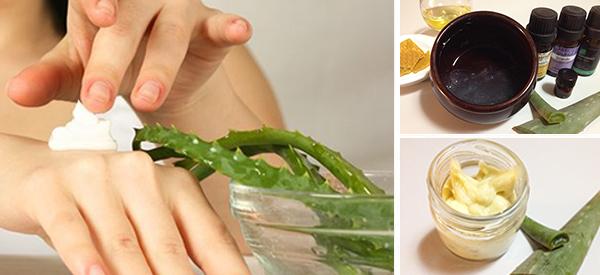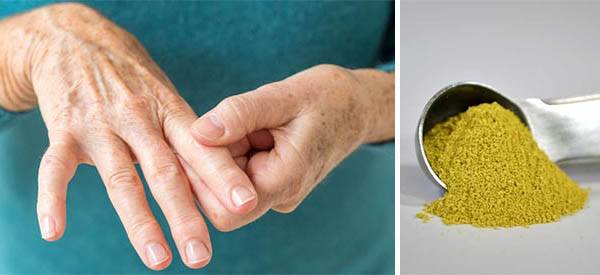
Okra: How To Grow, Forage, Identify, Benefits, And Uses
Okra is more than a garden vegetable. For generations, it has been valued as a soothing plant that supports digestion, nourishes the body, and thrives where many crops fail. Its long pods, soft seeds, and natural mucilage have earned it a place in kitchens and herbal practices across the world. Whether grown for food or for its quiet medicinal strengths, okra remains one of the most dependable plants for warm climate gardens.
Okra also holds cultural significance in many regions, symbolizing resilience and nourishment. Long before modern agriculture existed, people relied on okra as a reliable summer crop that required little maintenance but offered steady, restorative food. Its presence in traditional meals was not only practical but deeply rooted in ancestral knowledge passed down through generations.
Plant Profile
Okra (Abelmoschus esculentus) is a member of the mallow family, which includes hibiscus and marshmallow. Like its relatives, it produces a gentle mucilage that herbalists have used for centuries to soothe internal tissues. The plant grows as an upright annual with deeply lobed leaves and tall stems that can reach six feet in favorable conditions.
Its structure and appearance make it a striking garden plant, especially when its yellow hibiscus like flowers open in the morning sunlight. These blossoms attract pollinators, bringing bees and beneficial insects into the garden. As a result, okra often improves the overall health of nearby plants, acting as both a crop and a companion in the garden ecosystem.
Identification
Okra is easy to recognize once you know the key features:
• Tall, sturdy stems with rough, bristled texture
• Large, maple like leaves with deep lobes
• Hibiscus like flowers with pale yellow petals and a dark center
• Green, ridged pods that grow vertically from the stem
Young pods are smooth and tender, but as they mature, their ridges become more pronounced and the texture grows firm. This change is a useful indicator of harvest timing. Mature okra plants are upright and architectural, making them easy to spot even at a distance, especially when the pale blossoms glow against the deep green foliage.
Traditional Benefits
Okra’s natural mucilage has long been used to soothe the digestive tract. It was often prepared in soups or stews when someone needed gentle nourishment after illness. This same mucilage also supports hydration, making okra valuable in hot climates where the body loses moisture quickly.
In older herbal traditions, okra was also considered a cooling food that helped bring balance to overheated systems. Families often turned to it during the hottest months of the year to restore energy and comfort, especially for children or elders sensitive to heat stress.
Digestive Support
Okra is one of the most recognized mucilaginous plants in traditional herbalism. Its slippery interior helps lubricate the digestive tract, soothe irritation, and support regular bowel movements without harsh stimulation. Many cultures relied on okra to help calm the stomach after heavy meals or periods of digestive discomfort.
Its gentle action also makes it a useful food during recovery phases. When the digestive system needs nourishment but cannot tolerate strong herbs or complex foods, okra offers a safe, soft, and healing option that supports the body without overwhelming it.
Nutrient Rich Pods
Okra pods are surprisingly nutrient dense. They contain vitamins A, C, K, folate, calcium, magnesium, and fiber. The seeds inside the pods offer healthy fats and antioxidants that support long term well being. Because okra thrives in heat and drought, it provides reliable nutrition even in challenging growing seasons.
This nutrient resilience made okra a vital plant for communities living in hot, arid regions. Even when rains were scarce and other crops withered, okra stood firm, continuing to produce pods that supported children, elders, and families with essential minerals and hydration.
Anti Inflammatory Properties
Okra’s plant compounds, including flavonoids and polysaccharides, have been noted for their mild anti inflammatory effects. In traditional herbalism, okra was recommended during times of internal heat or irritation. The pods were often cooked slowly to soften their texture and maximize their soothing qualities.
Many herbalists also used okra alongside other cooling plants such as cucumber or purslane. Together, these foods helped the body calm minor inflammation during hot weather or after physical strain, providing comfort through nourishment rather than stronger medicinal treatments.
How to Grow Okra
Okra loves warmth. Plant it after all danger of frost has passed and the soil has warmed thoroughly. The seeds sprout best in temperatures above 70 degrees. Sow them directly in the garden or start indoors and transplant once the weather stabilizes.
As the plants grow, they benefit from occasional pruning to encourage branching and improve airflow. Once established, okra requires very little assistance. Even during drought periods, the plant remains productive, proving itself a valuable addition to resilient and self sufficient gardens.
How to Use Okra in Natural Remedies
- Soothing broth
- Cooling summer stew
- Topical poultice
- Hydration support
In addition to these uses, okra pairs well with other gentle herbs to create restorative meals. Combining okra with ginger, garlic, or turmeric can enhance its supportive properties. When prepared mindfully, okra becomes more than food. It transforms into a nourishing remedy crafted directly from the garden’s wisdom.
Foraging and Harvest Tips
Pick pods daily once the plant begins producing. Okra grows quickly, and pods can become tough within a day. Early morning harvesting keeps pods crisp and flavorful. Wear gloves if your skin is sensitive, as some varieties have bristled stems.
Leaving a few pods on the plant to fully mature ensures a healthy seed supply for next season. These large, dried pods rattle when shaken, signaling their readiness for collection. Saving seeds this way preserves your strongest plants and builds a hardier crop each year.
Final Thoughts
Okra is a dependable, resilient plant with a long history of nourishing both body and garden. Its soothing qualities, mineral rich pods, and ability to thrive in challenging conditions make it one of the most valuable warm season crops for herbalists and home gardeners alike.
Growing okra also helps reconnect gardeners to a slower, more intentional rhythm. Its flowers open gently, its pods grow steadily, and its benefits accumulate with each meal. It is a plant that rewards both patience and appreciation.
The Forgotten Home Apothecary
If you are interested in learning more about traditional plants like okra and how they fit into a natural home medicine chest, The Forgotten Home Apothecary is a wonderful companion. It teaches how everyday herbs can be prepared into soothing tinctures, tonics, and remedies using familiar methods. With clear guidance and time tested techniques, it helps you build a safe, dependable collection of herbal allies right at home.
The book is especially helpful for gardeners who want to use their harvests more intentionally. Whether you grow okra, calendula, yarrow, or plantain, The Forgotten Home Apothecary shows how to turn fresh plants into meaningful, effective remedies rooted in tradition and supported by experience.
You may also like:
Your Gut Called – It Wants Kombucha
The Most Powerful Painkiller That We Lost To History (Video)









